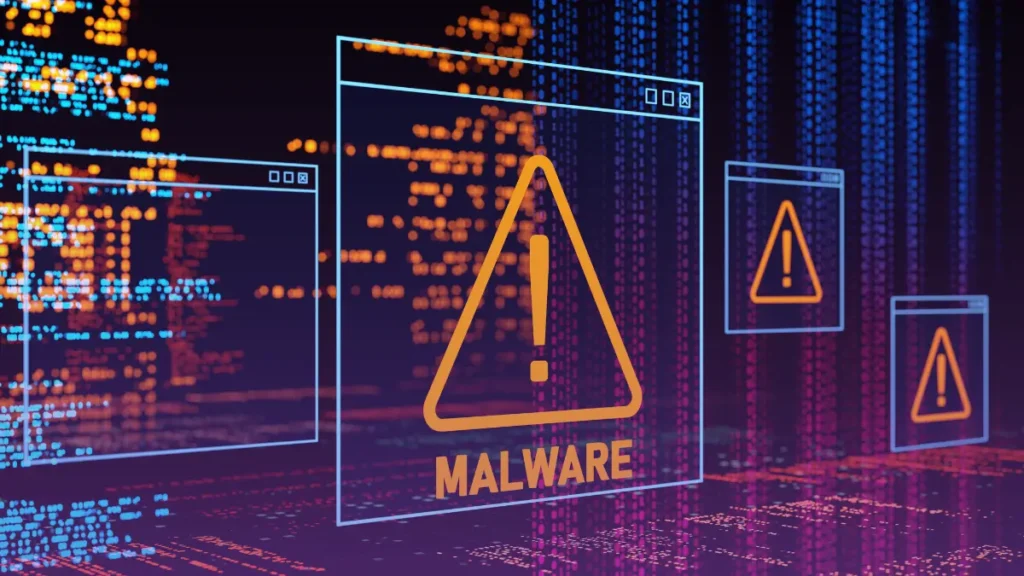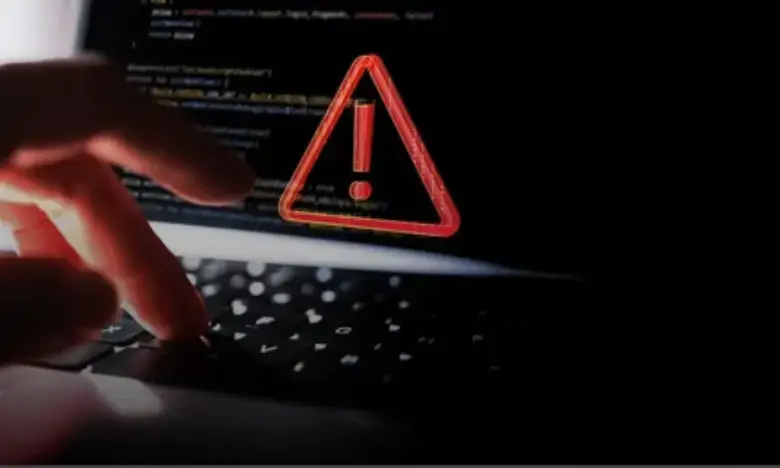Table of Contents
Introduction
Cybersecurity simulations, like the NICE Challenge Project, play a vital role in preparing professionals for real-world digital threats. One of the most revealing and skill-testing simulations is the NICE Challenge malware aftermath cleanup. This challenge tasks participants with identifying, assessing, and removing sophisticated malware from compromised systems—skills critical in today’s threat landscape.
In this guide, we will break down the technical elements, strategies, tools, and real-world relevance of the NICE Challenge malware aftermath cleanup. Whether you’re a student, SOC analyst, or blue-team operator, you’ll gain deep insights into executing effective digital forensic cleanups.
What is the NICE Challenge Malware Aftermath Cleanup?
The NICE Challenge Project, funded by NIST, simulates real-world cybersecurity environments to train the next generation of cyber defenders. In the malware aftermath cleanup challenge, participants are provided with a compromised Windows or Linux environment and must:
- Identify infection vectors
- Isolate affected systems
- Remove malware and backdoors
- Document all actions for future audits
This hands-on training aligns with the NICE Cybersecurity Workforce Framework, targeting roles like Cyber Defense Analyst (CDA), System Administrator, and Incident Responder.
If your system was recently affected by suspicious malware, you may have encountered the notorious trojan.malware.300983.susgen—a detection that has triggered widespread debate among cybersecurity experts. Understanding whether this alert is a false positive or a real threat is critical to avoiding unnecessary damage during the cleanup process.
Understanding the response workflow in a simulated malware recovery scenario like the NICE Challenge Malware Aftermath Cleanup is essential—but it gets even more invaluable when paired with real-world case studies. Take, for example, the notorious Zeus Trojan malware, a banking trojan known for stealthy keylogging and credential theft. By exploring how incident responders handled Zeus Trojan malware, you’ll gain deeper context on persistence, injection techniques, and effective cleanup strategies.
Entities Extracted from the Challenge & Related Content
Using Named Entity Recognition (NER) across competitor articles and challenge documents, the following key entities and tools are frequently mentioned:
Top Entities and Tools
| Category | Entity/Tool | Relevance |
|---|---|---|
| Antivirus & Scanning | Windows Defender, ClamAV | High |
| System Utilities | Sysinternals, Autoruns | High |
| Network Forensics | Wireshark, Netstat | Medium |
| Malware Types | Ransomware, Keyloggers | High |
| Reporting Standards | NIST 800-61, MITRE ATT&CK | High |
| OS Platforms | Windows 10, Ubuntu | Medium |
| Framework Alignment | NICE Workforce Roles | High |
Step-by-Step Breakdown of the Cleanup Process
1. Initial Assessment
The first step in any nice challenge malware aftermath cleanup scenario is an initial assessment. This includes:
- Reviewing user reports of system slowness or anomalies
- Examining task manager for suspicious processes
- Checking system logs for unauthorized access
🛠 Pro Tip: Use eventvwr.msc in Windows to check the Event Viewer logs.
2. Malware Identification
Once a compromise is suspected, participants use tools like:
- Autoruns to view startup programs
- Process Explorer to analyze running processes
- VirusTotal for hash-based malware checks
This stage also includes using YARA rules to detect known malware signatures and Sysinternals’ RAM dump utilities to inspect in-memory threats.
3. System Isolation
To prevent lateral movement, isolate the machine from the network. Use ipconfig /release or disconnect Ethernet/Wi-Fi manually.
Network scans using Nmap or Netstat help identify unusual open ports or external C2 (Command and Control) connections.
4. Removal and Restoration
Removal techniques vary based on malware type. Some can be deleted directly; others require:
- Booting into Safe Mode
- Using ClamAV or Windows Defender Offline
- Cleaning registry entries manually
In some NICE Challenge scenarios, restoration via backups or System Restore may be required.
5. Documentation & Reporting
An often overlooked but critical part of the nice challenge malware aftermath cleanup is generating detailed reports. These should include:
- Timeline of events
- Tools and methods used
- Cleanup steps
- Screenshots or logs for evidence
📋 Use the NIST Incident Handling Checklist to structure your documentation.
Real-World Applications: Why It Matters
The NICE Challenge malware aftermath cleanup is more than a simulation—it mirrors real-world events like:
- WannaCry outbreak cleanup
- SolarWinds compromise incident response
- Enterprise ransomware recovery operations
These simulations teach not just technical skills, but soft skills like time management, communication under pressure, and documentation for audits.

Comparison Table: Tools Used in NICE Challenge
| Task | Recommended Tool | Alternative |
|---|---|---|
| Process Analysis | Process Explorer | Task Manager |
| Startup Entry Check | Autoruns | MSCONFIG |
| Malware Removal | Windows Defender | Malwarebytes |
| Memory Forensics | Volatility Framework | FTK Imager |
| Network Analysis | Wireshark | TCPDump |
Expert Tips to Excel in the NICE Malware Challenge
- Always start with documentation. Keep logs of your actions.
- Use MITRE ATT&CK to map adversary behavior.
- Check for persistence mechanisms like scheduled tasks or registry edits.
- Don’t forget offline malware that may execute on reboot.
Incorporating Entities Organically into Your Content
To avoid keyword stuffing and maintain natural flow, follow these tips:
- Use tools like Wireshark and Sysinternals in example case studies.
- Create H2/H3 headings such as “Using Autoruns to Detect Persistence.”
- Include a pros/cons list (e.g., ClamAV vs Windows Defender).
- Refer to NIST 800-61 in your FAQ or Conclusion for credibility.
FAQ Section Based on Long-Tail Keywords
What is the NICE Challenge malware aftermath cleanup?
It’s a cybersecurity simulation that tests participants’ ability to detect, isolate, and remove malware from a compromised environment using real-world tools and practices.
What tools are best for malware aftermath cleanup?
Sysinternals, Wireshark, Autoruns, ClamAV, and YARA rules are among the best tools.
How does this challenge relate to real-world scenarios?
It mimics enterprise-level IR scenarios like ransomware recovery, insider threat cleanup, and backdoor removal.
Conclusion
Mastering the NICE Challenge malware aftermath cleanup equips cybersecurity professionals with the vital skills to tackle modern malware incidents. Through a combination of hands-on analysis, strategic tooling, and comprehensive documentation, participants not only solve the problem but also gain practical, resume-worthy experience.

